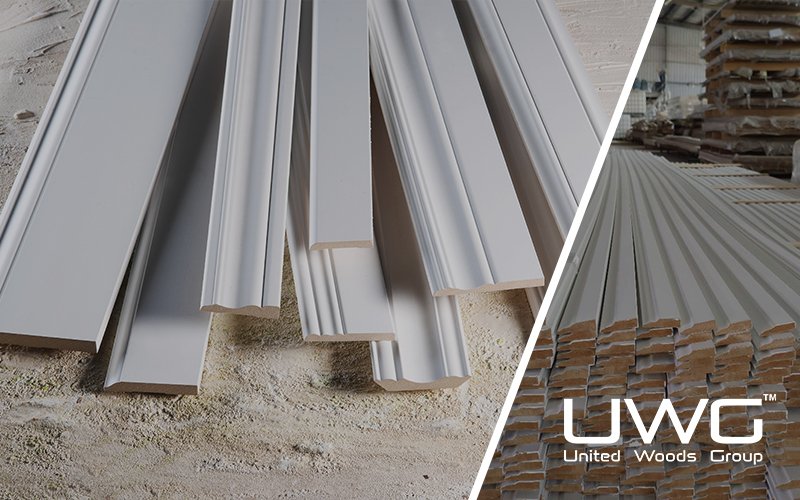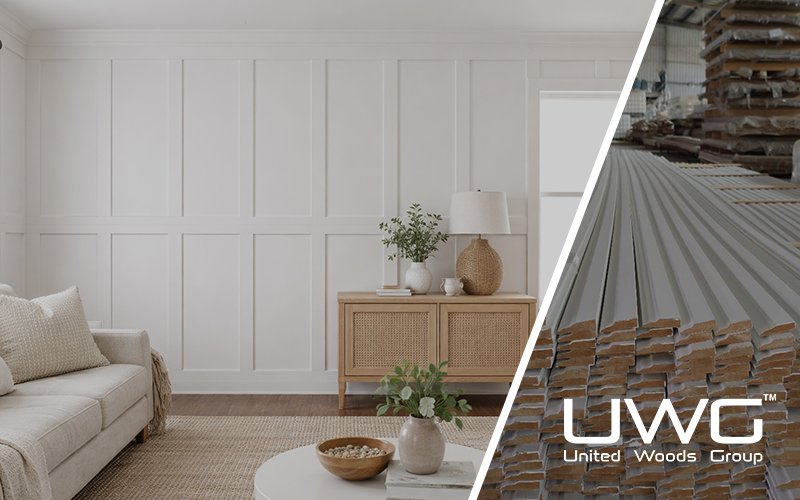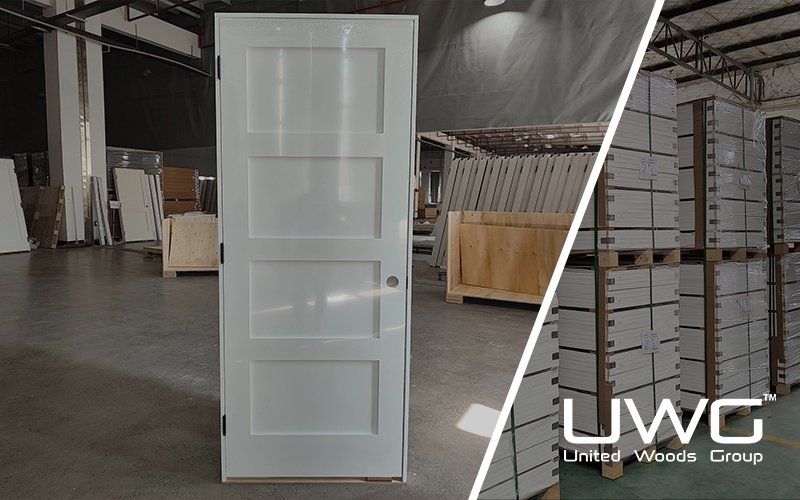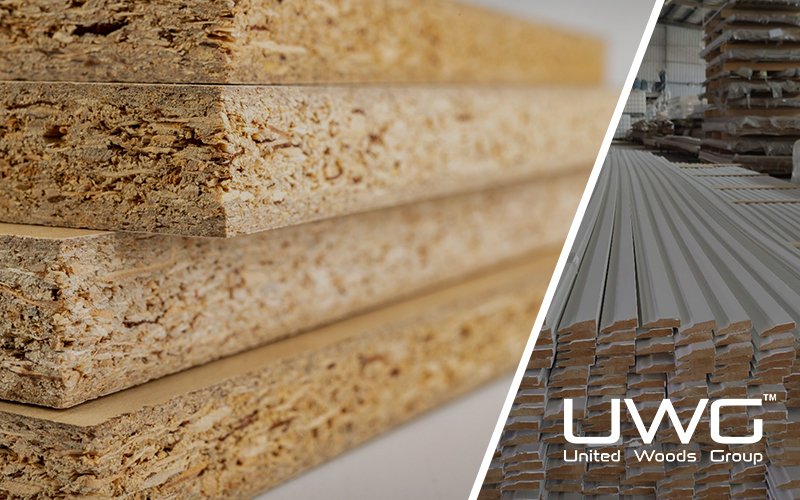Wall moulding can completely transform a plain wall into something elegant, timeless, or even modern — but only if it’s chosen and installed correctly. For builders, decorators, or DIYers, understanding how to use moulding can elevate the entire space.
Wall moulding is a decorative architectural feature installed on interior walls to enhance aesthetics, define space, and in some cases, protect the wall surface. It has been widely used in residential and commercial spaces across North America to add visual interest and elevate the overall design of a room. Wall moulding can be made from various materials, including wood, MDF, polyurethane, PVC, and even metal, allowing for flexibility in style, durability, and budget.
Thinking of using wall moulding in your next project? Let’s walk through everything you need to know — from choosing the right type to measuring, cutting, and designing with confidence.
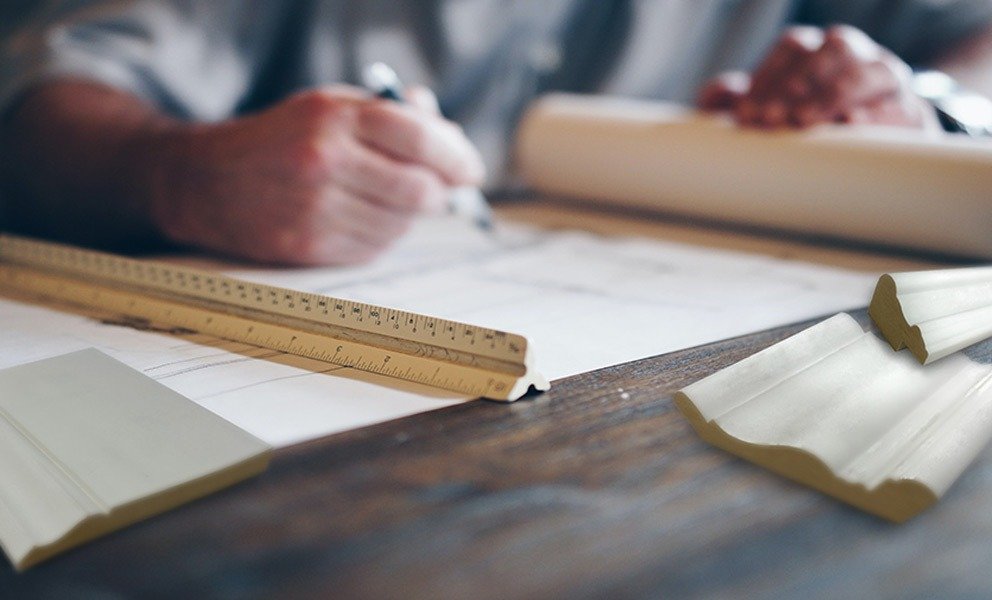
Common Types of Wall Moulding
Here are the most common types you’ll encounter:
- Baseboard: Baseboard is a decorative trim installed along the bottom of interior walls. Its primary function is to protect walls from damage caused by furniture, shoes, or daily wear, while also covering the gap between the wall and the floor.
- Chair Rails: Chair Rails is a type of horizontal moulding installed on interior walls, typically about 32 to 36 inches (81–91 cm) from the floor. Originally designed to protect walls from damage caused by the backs of chairs.
- Crown Moulding: Crown Moulding is a type of decorative trim installed at the junction where walls meet the ceiling. Helps make ceilings appear higher or rooms more spacious by creating a smooth transition between walls and ceiling.
- Picture Frame Moulding: Picture Frame Moulding is a type of wall trim used to create framed sections on flat wall surfaces, resembling the outline of a picture frame. Can be arranged in various shapes and sizes, often used to highlight artwork, panels, or focal areas.
- Wainscoting: Wainscoting is a type of wall paneling that covers the lower portion of an interior wall, typically ranging from one-third to one-half of the wall’s height. Protects walls from scuffs, scratches, and furniture impact.
Each adds character in a different way — mix and match based on the room’s style.
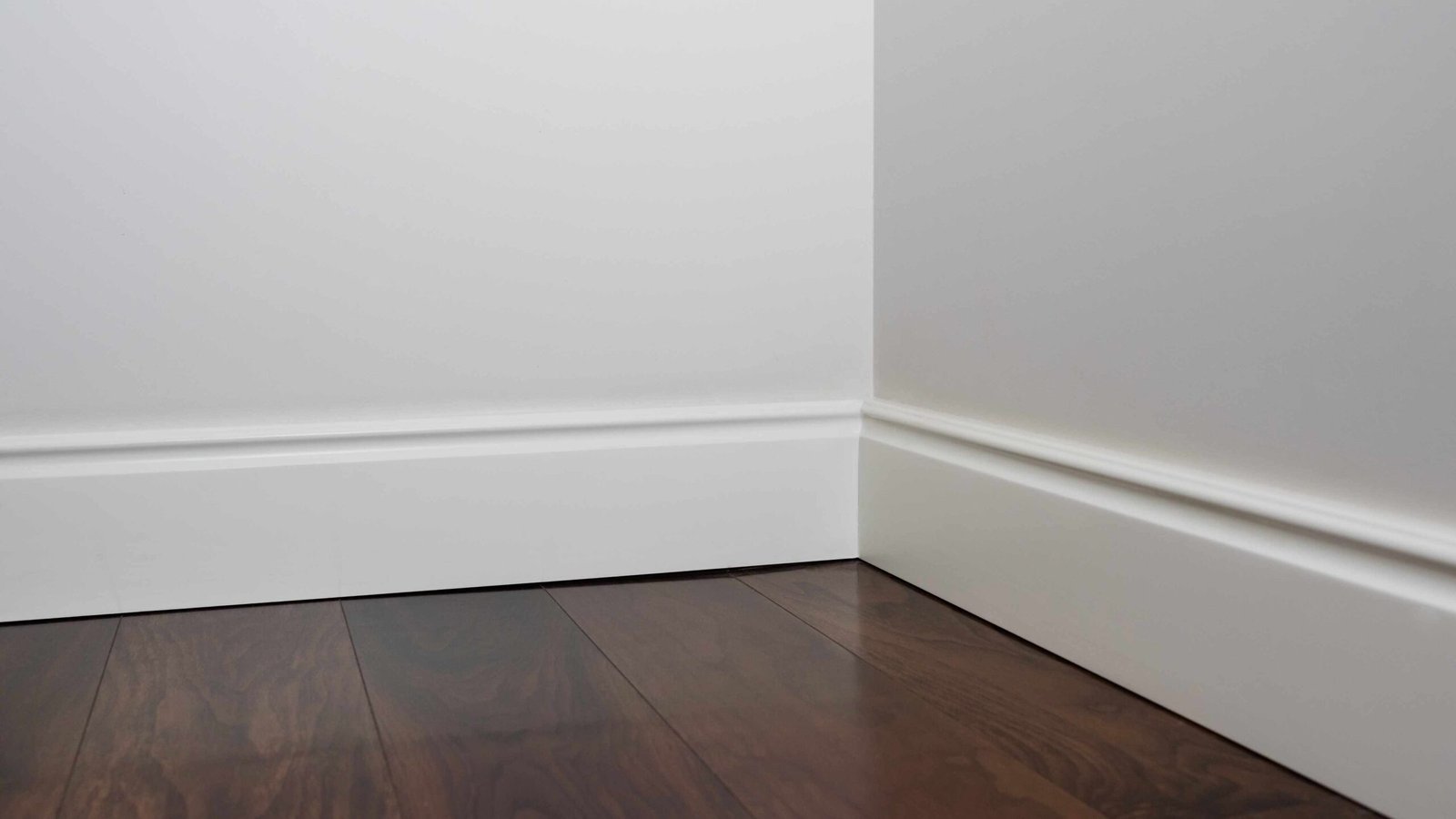
What Is the Purpose of Wall Moulding?
Wall moulding serves more than one purpose:
- Aesthetic upgrade: Wall moulding instantly elevates the look of any space. By creating depth and layering on flat walls, it introduces a sense of symmetry, proportion, and elegance. It can transform plain, boring walls into eye-catching focal points, giving rooms a polished, finished appearance.
- Functional use: Beyond decoration, wall moulding can conceal imperfections such as wall gaps, uneven surfaces, or minor cracks. It also helps cover framing joints or transitions between different materials, ensuring a cleaner, seamless look in both new construction and renovation projects. In this way, moulding is both a practical solution and a design enhancement.
- Design flexibility: Wall moulding comes in a variety of profiles, sizes, and materials—wood, MDF, polyurethane, PVC, and more. This versatility allows it to fit virtually any interior style, from classic traditional rooms with ornate details to modern minimalist spaces with clean lines. Designers can mix and match moulding types, such as crown moulding, chair rails, baseboards, or picture frame panels, to achieve the perfect visual balance and room proportion.
So whether you’re covering rough transitions, protecting walls from everyday wear, or adding intricate detail to plain drywall, wall moulding gets the job done stylishly. It is an affordable, versatile, and highly effective way to elevate both residential and commercial interiors, making it a staple in modern interior design and construction.
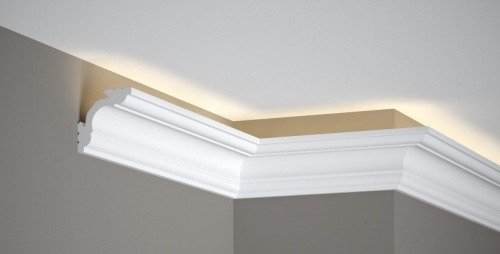
Materials Used for Wall Moulding
When selecting wall moulding, the material plays a crucial role in both the appearance and functionality of the trim. Different materials offer varying levels of durability, ease of installation, and finish options, allowing you to choose the best option for your project and budget:
- MDF (Medium-Density Fiberboard) – MDF is a cost-effective option that is widely used for painted moulding. It has a smooth, uniform surface, making it easy to cut, shape, and paint. MDF is ideal for modern and minimalist designs, but it should be kept away from high-moisture areas unless specially treated.
- Wood – Real wood is a classic choice that provides natural texture, warmth, and strength. It can be stained or painted, and its grain adds character to the moulding. Wood is perfect for traditional, high-end, or custom interiors, though it is generally more expensive than MDF and may require occasional maintenance.
- PVC or Polystyrene – These synthetic materials are lightweight, moisture-resistant, and highly durable, making them perfect for bathrooms, kitchens, or basements. They are easy to install, low-maintenance, and can be painted to match any color scheme. PVC and polystyrene mouldings are especially useful in areas where wood or MDF might warp or absorb moisture.
- Polyurethane – Polyurethane moulding is strong, resilient, and capable of capturing intricate details. It is excellent for ornate crown moulding, decorative panels, or custom profiles that require high precision. Polyurethane is also lightweight, easy to install, and resistant to cracks, making it a popular choice for both residential and commercial projects.By carefully selecting the material, you can balance aesthetics, durability, and budget, ensuring that your wall moulding not only enhances the room’s design but also stands the test of time. Whether you are a contractor, wholesaler, or homeowner, understanding the characteristics of each material helps you make the best choice for your specific project.
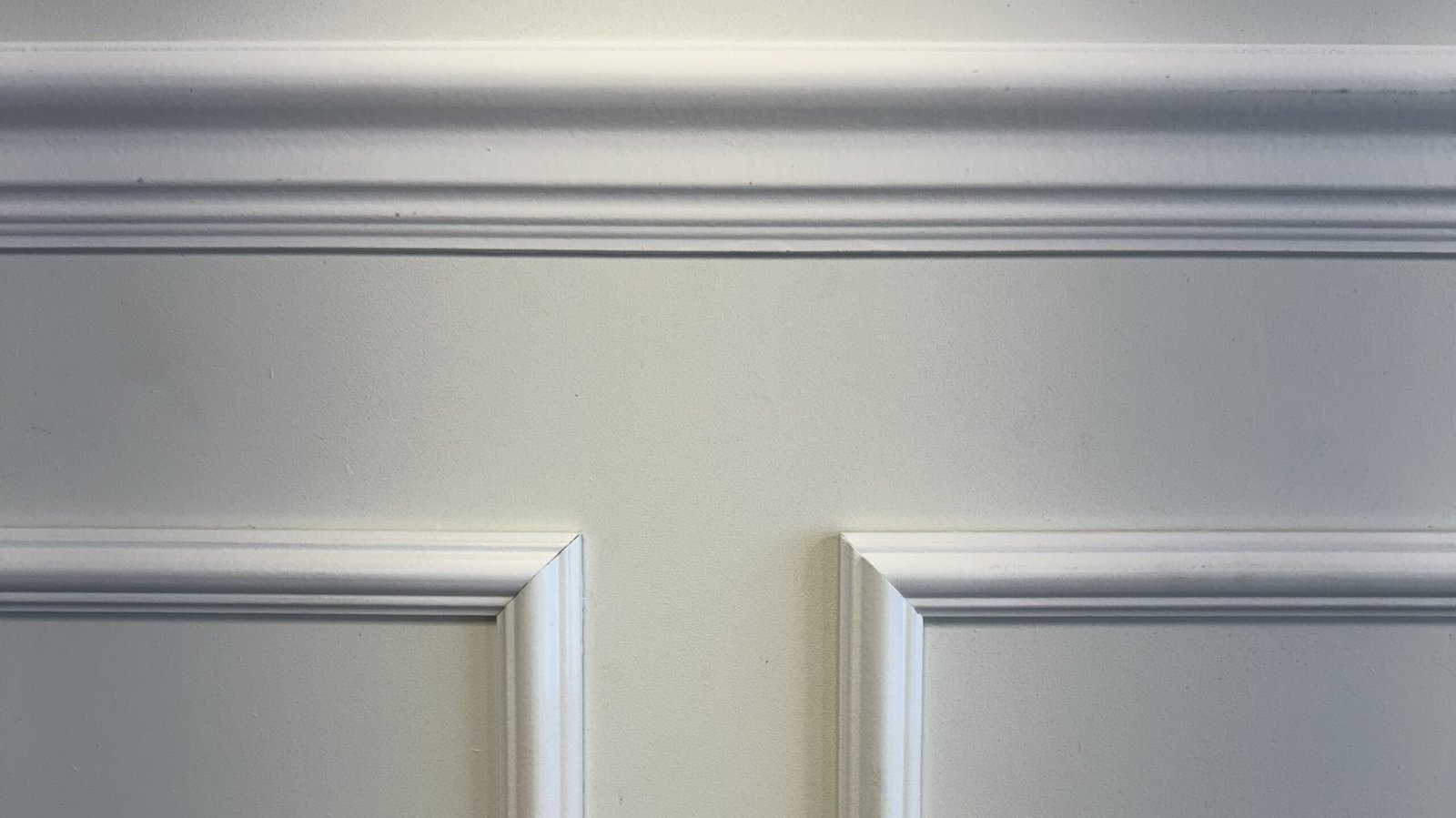
How to Use Wall Moulding
- Using wall moulding effectively requires careful planning, measuring, and installation to achieve a polished and professional look. Start by planning your layout: sketch the design you want, including shapes, sizes, and spacing, and consider how moulding will interact with baseboards, ceilings, and other architectural elements. Proper planning helps avoid mistakes and ensures that the final installation is visually balanced.
- Next, measure accurately. Use a laser level to mark straight lines and a measuring tape to determine the full length of each wall. Subtract gaps or existing trim to calculate the exact amount of moulding needed. For more complex layouts, such as panels or boxes, a wall moulding calculator or a dedicated app can help estimate linear feet and guide your cuts.
- When it comes to installation, whether you are doing it yourself or hiring a professional, some key techniques ensure success: use painter’s tape to visualize the layout before cutting; cut moulding at 45° angles for corners to achieve seamless joints; combine nails and adhesive for a strong hold; and finally, fill any gaps with caulk and sand smooth before painting. These steps help create clean lines, precise joins, and a polished finish.By combining proper planning, accurate measurement, and careful installation, you can use wall moulding to enhance the style and proportion of any room, adding architectural interest, protecting walls, and elevating the overall aesthetic of your interior space.
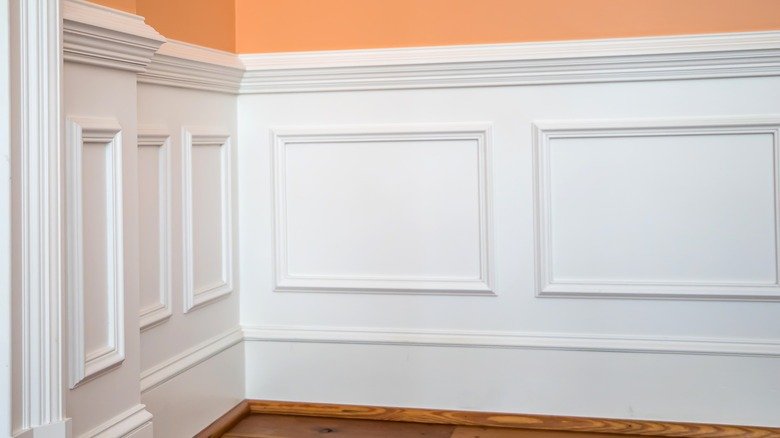
Summary
Wall moulding is one of the easiest and most effective ways to enhance your walls with timeless architectural detail. Whether you’re aiming for a modern, classic, or transitional style, careful planning and the right choice of materials can make a huge difference in the overall look and feel of your space.
At UWG, we operate our own moulding factory, allowing us to maintain strict quality control and provide a wide range of options. We most commonly produce MDF and pine mouldings, which are versatile, durable, and perfect for both painted and stained finishes. In addition to standard profiles, we offer flexible custom solutions, so we can create moulding designs tailored to your unique project requirements. This means whether your client wants intricate panels, simple clean lines, or something completely unique, we can deliver a solution that fits both style and budget.
We’d love to hear from you — what moulding style are you most excited to try in your next project? Contact us today to explore our range of standard and custom mouldings, and let us help bring your vision to life.



